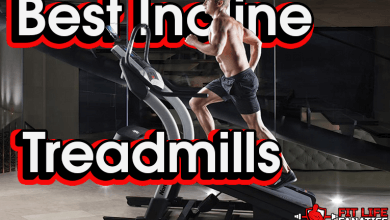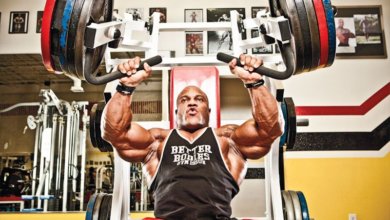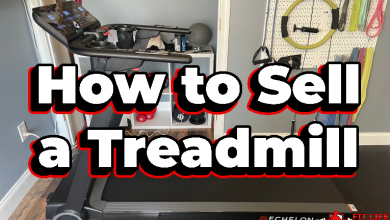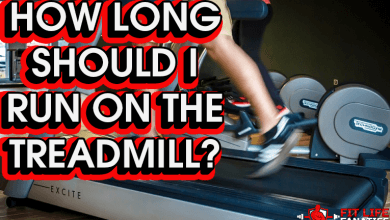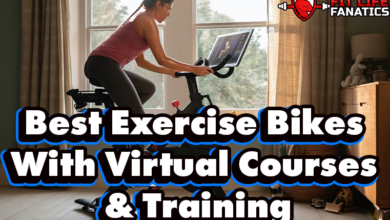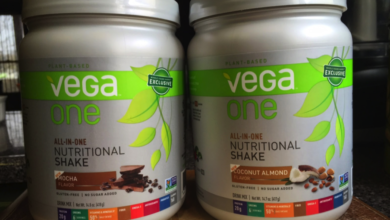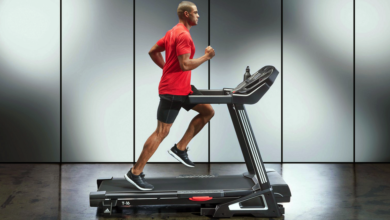Donkey Calf Raise Alternative Exercises
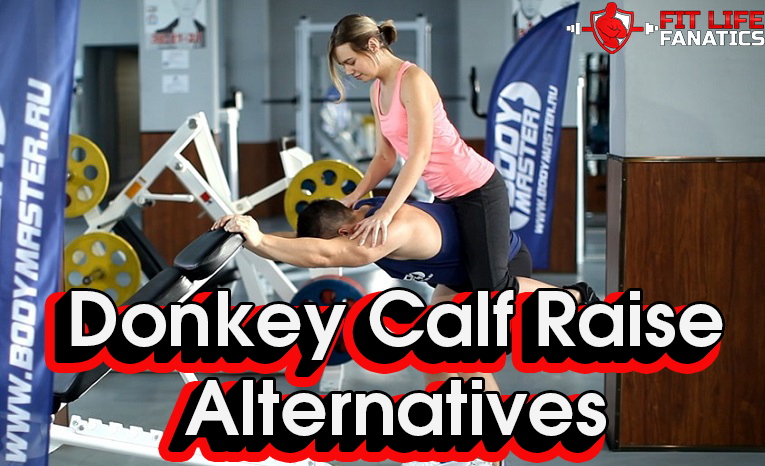
The first picture that pops up in my mind when someone mentions Donkey Calf raises is that of Arnold Schwarzenegger. The Austrian Oak has gone to great lengths to discuss how his calves were his Bête noire until he discovered the Donkey Calf Raise.
Testimony to this are hundreds of pictures of Arnie bent over (pun not intended), Franco Columbo seated on his back and him performing the calf raise.
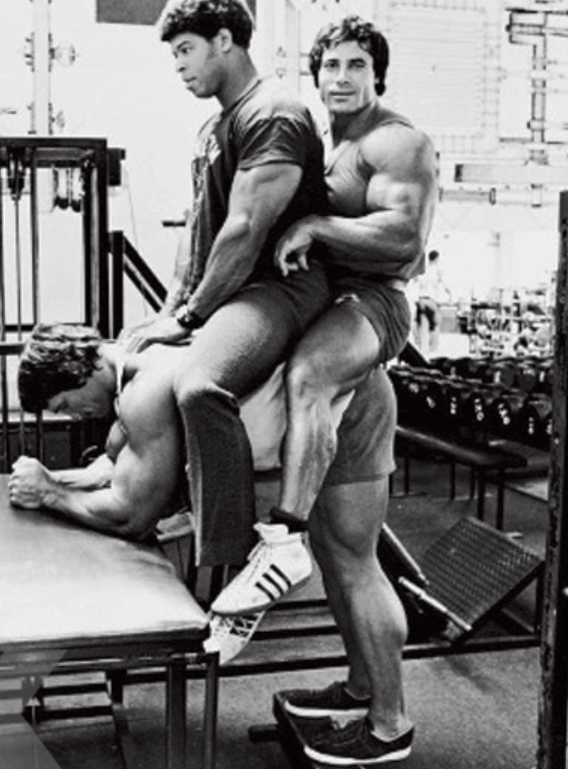
How Arnold built-up his calves
When Franco wasn’t around to help, Arnie would load bikini-clad damsels to help him breach his PR. Again, no pun. Thank god he doesn’t carry his pet donkey Lulu on his back now.
Just so that you don’t get lost in thoughts of bikini-clad damsels in distress, the point that we are trying to make is that the donkey calf raise was a Golden era favorite. Arnie was not the sole proponent of this powerful calf isolation exercise.
Most of the big boys in the 70s swore by the effectiveness of the calf raise. But come the 90s and the 2000s, the Donkey calf raise has all but disappeared from fitness programs. That has partly to do with the swanky machine-crammed fitness clubs of today. A donkey calf machine is a bulky addition that will eat up precious real estate.
Why even bother adding it to the club when most guys don’t even want to attempt the exercise and are happy performing alternatives? That’s why we have created this article. To talk about viable alternatives for the donkey calf raise.
Having tried both, the donkey calf raise as well as its substitutes and having gauged the effectiveness of each one, we can offer some great insights. So stay tuned.
What Is the Donkey Calf Raise Exercise?

The Donkey Calf Raise is a lower body workout that primarily targets the calf muscles. It engages the gastrocnemius and the soleus, making it a very effective exercise from a functional perspective. When it comes to aesthetics, it deserves a spot in the pantheon of exercises this is definitely not the exercise to do if you want smaller calves.
If it can help Arnie develop thick calves, we know that it works, don’t we? While the original iteration of the donkey calf raise was a bodyweight exercise, future iterations added resistance. The exercise became so popular that a dedicated donkey calf machine was created soon after.
What Muscles Does the Donkey Calf Raise Target?

As implied by the name, this is predominantly, a calf-focused exercise. But it’s not without secondary benefits. Any exercise that involves a load on your entire back and has you in a standing position will recruit multiple muscle groups. The calf raise is no different.
Here’s a look at the muscle groups that it engages.
- Primary – As we said, it mainly targets the gastrocnemius and soleus, a combo that is called the gastroc-soleus complex. Functionally, these muscles do the mountainous task of absorbing your entire bodyweight and allowing you to lift your sole up, standing on the tippy toes. The Type-I fibers in the soleus are important for any activity that requires explosive strength. Like a sprint, or a box jump. Aesthetically, these muscles are what make up your calf.
- Secondary –When you perform the donkey calf raise, you hinge at your hips which shifts the focus on to the hamstrings. Now, even the standing calf raise does engage the hamstrings. But it’s not adequate. The hinging in the donkey calf allows more muscle activation.
- Additional Muscles – In addition to these, the donkey calf also engages all muscles of your core and possibly, your lower back.
Other exercises that work the same muscle areas include the Bulgarian split squat, shrimp squats and reverse hack squats.
How to Perform the Donkey Calf Raise?

Here’s how you would perform the calf raise if you had access to a donkey calf machine at the gym. We will also touch upon how to do the exercise without a machine.
- Hinge at the lower back, maintaining a neutral spine (not flexed or bent), and adjust your lower back so that it rests comfortably on the pad.
- Set the weight to something that you can comfortably lift. Don’t go overboard if this is the first time.
- The balls of your feet must be firm and balanced on the foot plate. Your heels will be hanging off.
- Lean in slightly, flexing your calf and keeping the knee straight.
- Lift up, exhaling as you do. Pause for a second and feel the squeeze in the calf.
- Lower the heels, inhaling as you do. That’s one rep. Complete the number of reps that you wanted to.
How Do You Do Donkey Calf Raises without A Machine at Home?
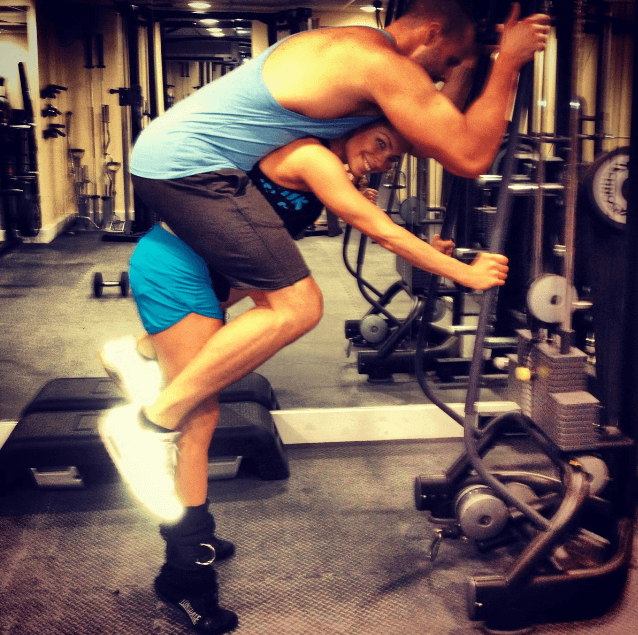
The biggest challenge that people face is lack of a donkey calf machine. But the donkey calf raise is a reasonably simple exercise that does not require specialized equipment, provided you have the basics right.
- You can use weights or blocks in place of the foot plate.
- Place the weights at a comfortable distance from any sturdy support. You can use a bench, or even a shelf, or your kitchen counter. It needs to be waist high and not die on you.
- Step up on to the plates, the balls of the feet firm, heel hanging off.
- Bend forward at the waist and place the elbow on the support. Your back should be parallel to the floor with no bend or hyperextension at this point.
- Tuck in your chin.
- Now, you can perform a bodyweight move, or you can ask your partner/buddy to hop on to your lower back.
- In either case, lift up your body on your toes, squeeze the calf, pause for a second and lower it again.
While performing the weighted version with a gym bro, ensure that you maintain a neutral spine throughout the exercise.
Best Donkey Calf Alternatives
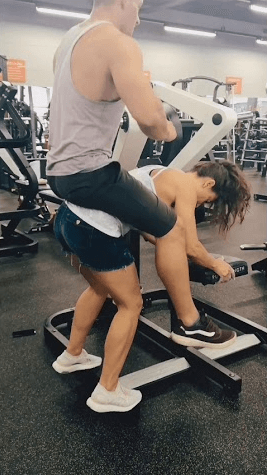
A weighted version of the donkey calf raise without a machine is tricky. You can stumble, your partner can fall & both can get injured. Not to mention that it can sprain your lower your back even if you bend it slightly.
It’s not as simple as it appears to be. That’s why we have listed 5 alternative exercises for you.
If you don’t want to risk it with donkey calf raises at your basement gym, you can try any one of these exercises, which are simpler.
#1 – The Standing Calf Raise – My Personal Favorite
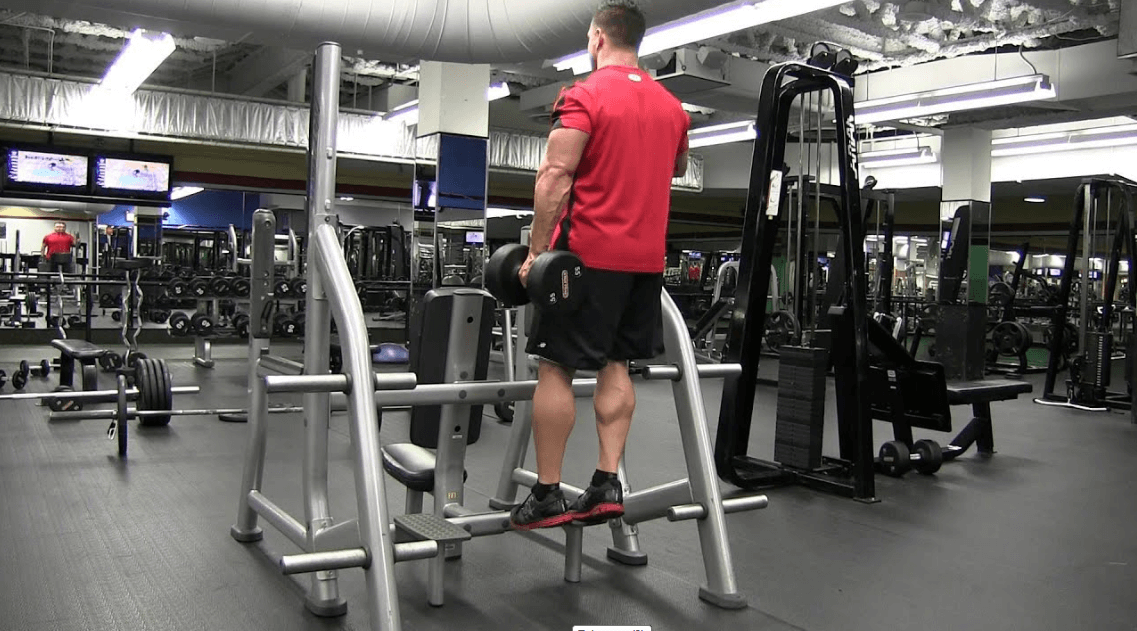
The standing calf raise engages the same primary muscles as the donkey calf raise. The only difference is that you don’t engage your hamstrings as much. But there are ample exercises to target the hamstrings, aren’t there?
Here’s a video that shows how to do the standing calf raise
Step by step instructions

You can perform a bodyweight version, with cheap dumbbells, kettlebells or even a barbell. For the sake of simplicity, we are going to focus on the dumbbell version.
- Grab two dumbbells and hold them by your sides. Your back should be straight and your core tight.
- Stand with feet shoulder width apart on a level surface, or step up on to plates balancing your body on the balls of the feet, with the heel hanging off.
- Lift up your body and squeeze the calves at the top. Pause for a second and then lower yourself.
You don’t hinge and hence, are never caught off balance.
If you are struggling to buy dumbbells then check out our guide on best places to buy dumbbells.
#2 – Farmers Walk on Toes
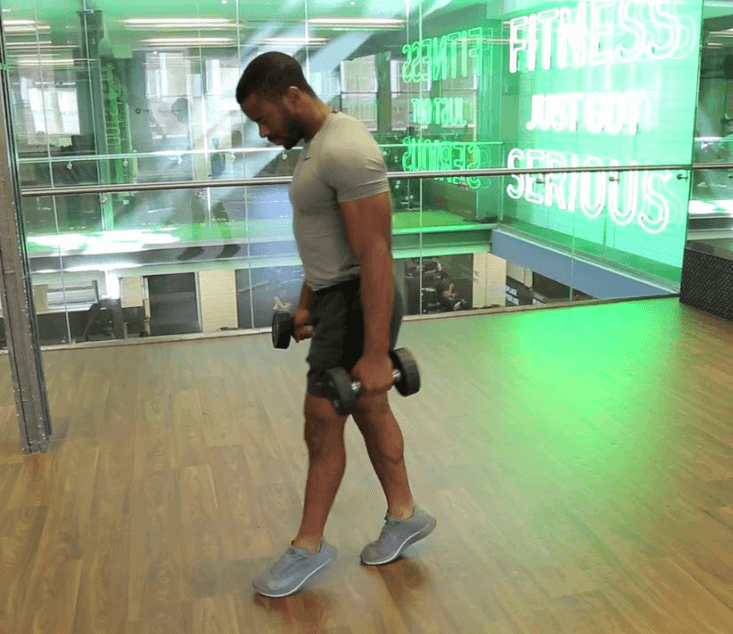
The Farmer’s walk is a brute of an exercise for the upper body. But a tiny tweak turns it into one of the best compound moves, particularly for the calves. All that you’ve got to do is walk on your toes instead of the complete foot.
Here’s a video that shows how to do the Farmer’s walk on Toes
Step by Step Instructions
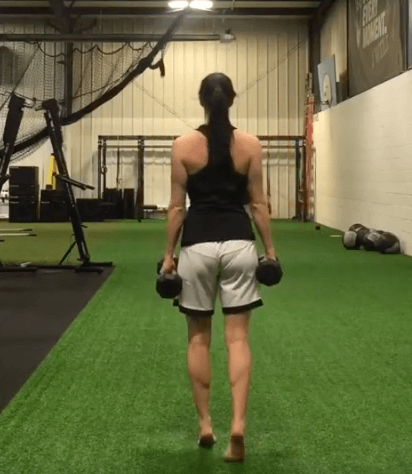
You can do these with dumbbells or kettlebells, like you do a conventional farmer’s carry. Home users can substitute this with sandbags or anything heavy.
- Grab your dumbbells and hold them by your sides
- Raise your feet so that your bodyweight is supported by the balls of your feet.
- Walk across the room or the turf in the gym, ensuring that your heels don’t touch the ground until you drop the weight.
- Your shoulder blades should be drawn, your back straight and your core braced
#3 – Smith Rack Calf Raises
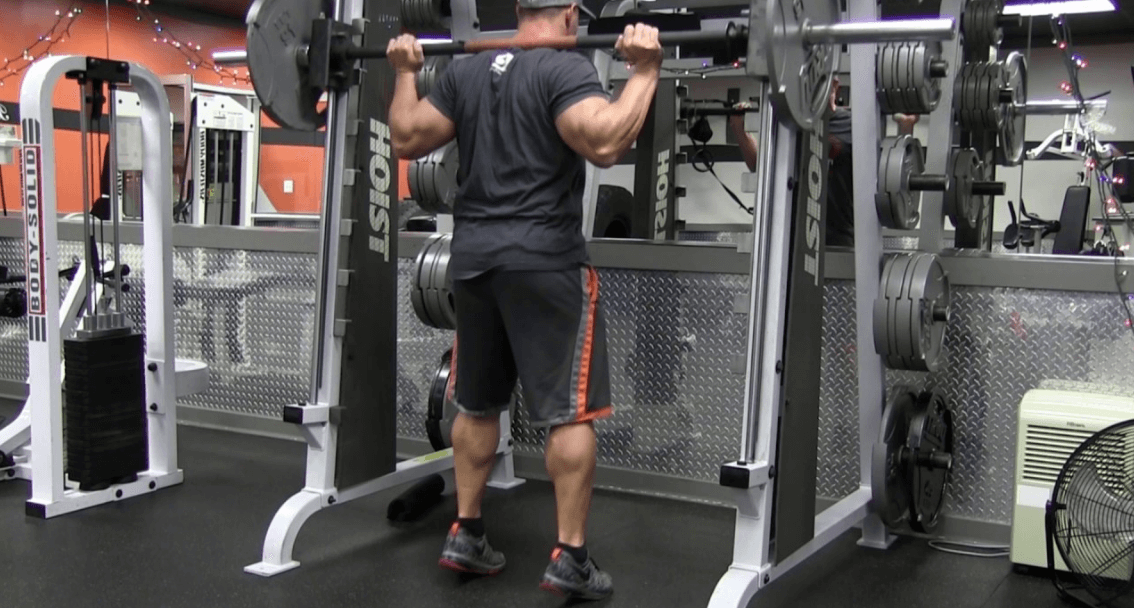
The Smith Rack calf raise is a terrific substitute for a donkey calf machine. You have all the support you need and this allows you to lift heavier weight than you could with free weights. With addition to this exercise, you can also perform Smith machine squats which target calves and other leg muscles.
Here’s a video that shows how to do the Smith Rack Calf Raise
Step by Step Instructions

The setup is pretty simple. All you need to do is throw a step platform at the center of the machine and you are good to go.
- Position the bar approximately at shoulder height on the smith machine.
- Step up on to the platform and position your shoulders under the bar. Adjust the bar height so that you don’t have to duck to do this. You should be standing straight with the bar resting on your shoulders.
- Step backwards slightly until your heel hangs off the step platform and your body is supported on your toes.
- Raise your heels to lift the bar and un-rack it. At the top position, pause and squeeze the calves.
- Gently lower the heels to the start position, or even slightly lower for that extra.
#4 – Leg Press Machine Calf Raise
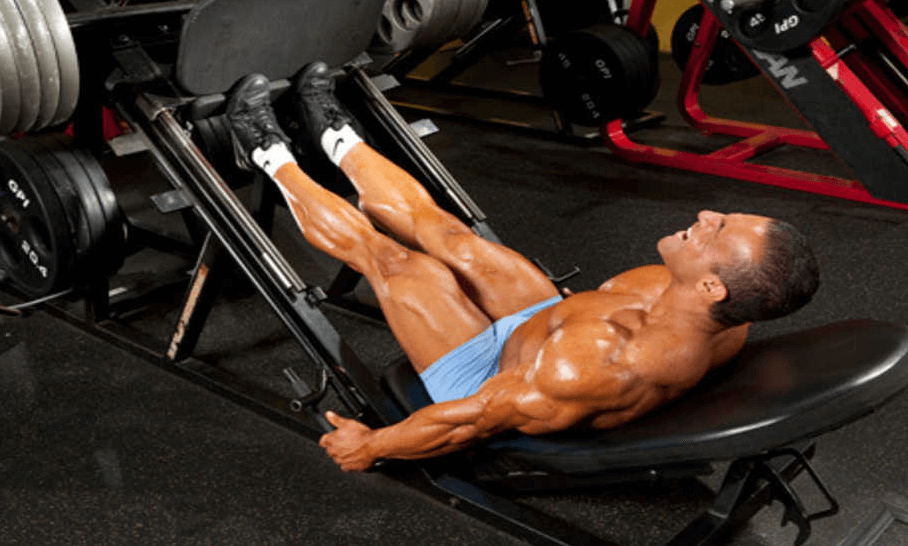
The Leg Press Machine is a popular substitute for the donkey calf raise machine. Mainly because it lets you add a fair bit of weight to the calf raise. Secondly, it’s a seated exercise which means that you are less likely to force your way through the reps. Alternatively, you can buy all-in-one home gym setups with leg press station with few more bucks for chest leg workout.
Here’s a video that shows you how to do the leg press machine calf raise
Step by Step Instructions
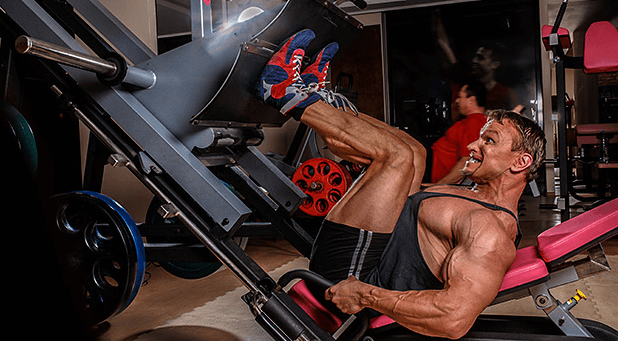
- Adjust the height of the platform so that your legs touch it with your knees slightly bent.
- Place your toes on the edge of the platform. You are going to lift the weight with your toes while your heels get some rest.
- Unhook the handles and push your toes to lift the weight. Go as farther as you can for the extra squeeze. Pause for a second and lower it again to the starting position.
#5 – Squat Hold Calf Raises

The squat hold calf raise is a combination of two brutal lower body exercises, the squat and the calf raise. This is hard enough without weights mind you. Don’t add resistance until you get the balance you need to perform this.
Here’s a video that shows you how to do Squat Hold Calf Raises
Step by Step Instructions

- Stand with your feet shoulder width apart and lower yourself like you would for a bodyweight squat.
- Pause at the lowest position when your thighs are parallel to the ground.
- Raise your heels while maintaining this position.
- When your body is supported by your toes, squeeze to feel the contraction in your calves.
- Lower the heels until your feet touch the ground.
- Raise your body up to the standing position.
- That’s one rep. Repeat the reps to complete the set.
FAQS about the Donkey Calf Raise
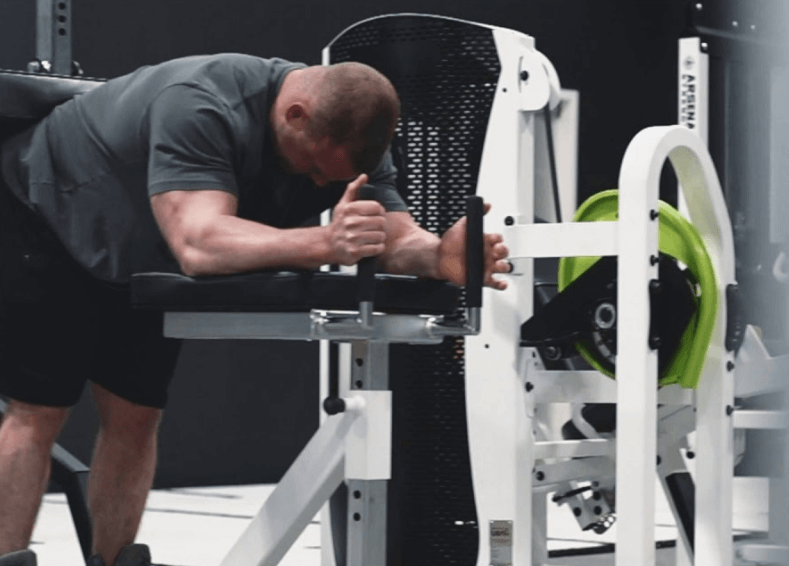
Here are some common doubts that fitness buffs have about donkey calf raises.
Q. What Is the Biggest Benefit of Donkey Calf Raise Exercise?
A. The biggest benefit is that it isolates two of the most important muscles in your legs from a functional and aesthetic perspective. Think of it like killing two birds with a single stone.
Q. What Can I start with Instead of Calf Raises?
A. You can swap the weights with bands, if that works for you. We have also listed some great substitutes in this list. How about starting with jumping jack or jump rope?
Q. How Many Calf Raises Should I Do Daily?
A. By daily, we assume that you are talking about leg day. The rule of thumb is that you go 5-8 reps at about 80% of your 1RM for hypertrophy and about 8-12 reps at 70% of your 1RM for general fitness.
Q. Are Seated Calf Raises Necessary?
A. If you have lower back problems, then switch over to seated calf raises. These are gentler on your spine and provide more isolation than the standing variety.
Q. Which Is Better: Donkey Calf Raise or Standing Calf Raise?
A. We are slightly biased towards the standing calf raise because it is an easier exercise to pull off. Besides, it targets the exact same muscles as the donkey calf raise does. The only exception is the hamstring recruitment and we train that separately anyway.
Q. How Much Does Donkey Calf Raise Machine Cost?
A. Very few brands offer the conventional donkey calf machine these days. Most brands have switched over to the seated calf machine or hybrids that club the donkey calf raise with other workouts. Cybex does offer a conventional donkey calf machine at $1200. Nautilus offers a standing calf raise machine called the Impact Standing Calf that’s priced at $4,399.00.
Q. Can Donkey Calf Raises Be Performed Every Day without Injury Risk?
A. No they cant. Donkey calf raises are tricky to begin with and require strict adherence to form. When you perform it every day, you risk overworking your lower back, which is a shortcut to a spinal injury. Not recommended.
Q. What can I do for muscle pain after donkey calf raises?
A. To speed up the recovery after workout, you can do following things:
- Drink plenty water from your water bottle
- Take rest
- Use ice pack to reduce inflammation.
- Massage your muscles with massagers such as Theragun, Vybe, Medmassager
Related Readings:
- Underhand Front Raise – What It Is, How To Do It, Muscles Worked, And Alternatives Exercises
- Standing Oblique Crunches – How to, Benefits, Muscles worked, Alternative Exercises
- Hack Squat Alternative – The 8 Best Substitute Exercises
- Dumbbell Pullover: How To, Muscles Worked, Variations, And Alternative Exercise
- Rear Delt Row: How to Do it, Variations, Muscles Worked, Benefits, Alternative Exercises
References:
- https://www.youtube.com/watch?v=gBa92LbmR_A
- https://www.theguardian.com/world/gallery/2010/nov/18/arnold-schwarzenegger-california#img-3
- https://readsector.com/arnold-schwarzeneggers-home-workout-is-interrupted-by-pet-donkey-lulu/
- https://exrx.net/WeightExercises/Gastrocnemius/WTDonkeyCalfRaise
- https://www.physio-pedia.com/Gastrocnemius
Ben Mayz
Hi there! I'm Ben, main author and chief editor at Fitlifefanatics.com. I have been obsessed with Strength Training and Fitness for 18 years now.
My passion for living a happy fit lifestyle is what made me realize that fitness is what I wanted for my future.
I went on to earn my Masters in Sports Training & Biomechanics.
My passion for Strength training & fitness and my love of helping others is what made me start Fitlifefanatics.
Here, myself, and a team of specialist aim to provide the most accurate, and actionable information possible in hopes to help foster the fitness community forward.
You can learn more about Fitlifefanatics on our About Page
